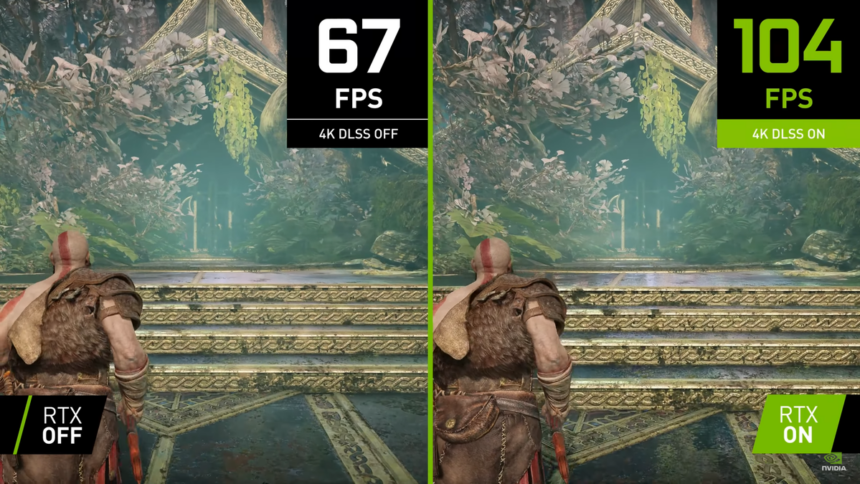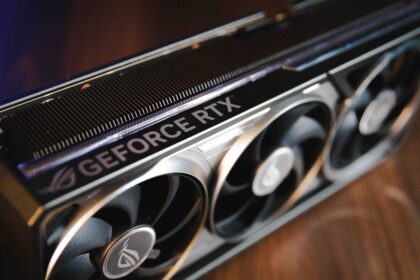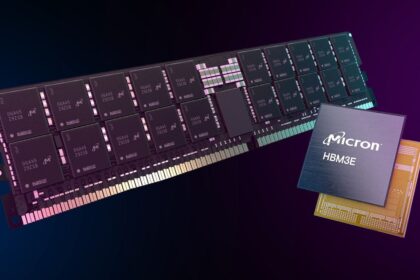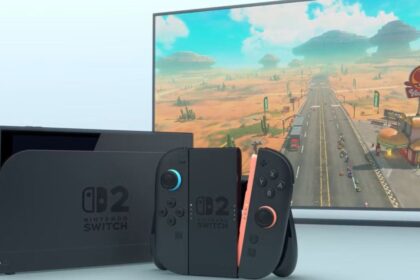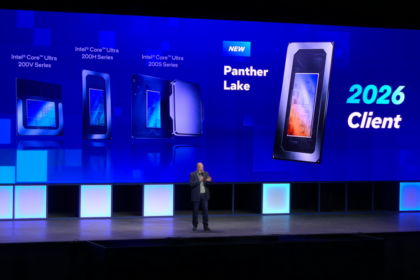Among all the available upscalers for gaming, NVIDIA DLSS consistently delivers the best results. Powered by a neural network, the remarkable quality of this technology stems from thousands of NVIDIA GPUs—dubbed the Green Team—working tirelessly to train and refine image quality.
NVIDIA shared this information during a closed event at CES 2025. PC Gamer attended the presentation, led by Brian Catanzaro, NVIDIA’s Vice President of Applied Research in Deep Learning, who provided insights into the success of DLSS.
“In fact, we have a large supercomputer at NVIDIA, with many thousands of our strongest and latest GPUs, that work 24/7, 365 days a year improving DLSS. It has been doing this for six years.”
In other words, NVIDIA has used its full potential, with the fastest GPUs for AI available on the market and its expertise on the subject, to deliver the best upscaler available in games.
- NVIDIA adds DLSS to Alan Wake 2: The Lake House and more
- NVIDIA reveals dozens of games with DLSS 4 support
- More than 250 million GPUs have been shipped in 2024
NVIDIA is looking for flaws to improve DLSS
The executive further explained that the advancement of DLSS largely hinges on failure analysis. According to Catanzaro, this iterative process involves identifying and addressing flaws such as ghosting effects, screen flickering, and blurring—issues that can sometimes emerge during gameplay.
“We find faults in a lot of games,” he explained, “where we look and try to understand what’s going on—why the model made the wrong choice about how to draw the image.” By meticulously analyzing these shortcomings, NVIDIA continuously refines the deep learning model, ensuring better accuracy and performance in future iterations of DLSS.
“Then we find ways to grow our training dataset. Our training datasets are always growing. We’re compiling examples of what good graphs look like and the hard problems that DLSS needs to solve.”
After analyzing flaws and gathering data, NVIDIA incorporates this information into the model training process. The deep learning model undergoes numerous training sessions and rigorous testing across hundreds of games to identify areas for improvement and deliver a more polished experience with each iteration of DLSS.
With the launch of DLSS 4, introduced alongside the GeForce RTX 50 series, NVIDIA unveiled an innovative multiple-frame generation technology. This groundbreaking feature leverages AI to synthesize frames between rendered ones, significantly boosting performance while maintaining visual fidelity. Importantly, this technology is exclusive to the new Blackwell GPUs, making it a key differentiator for the latest generation of NVIDIA graphics cards.

